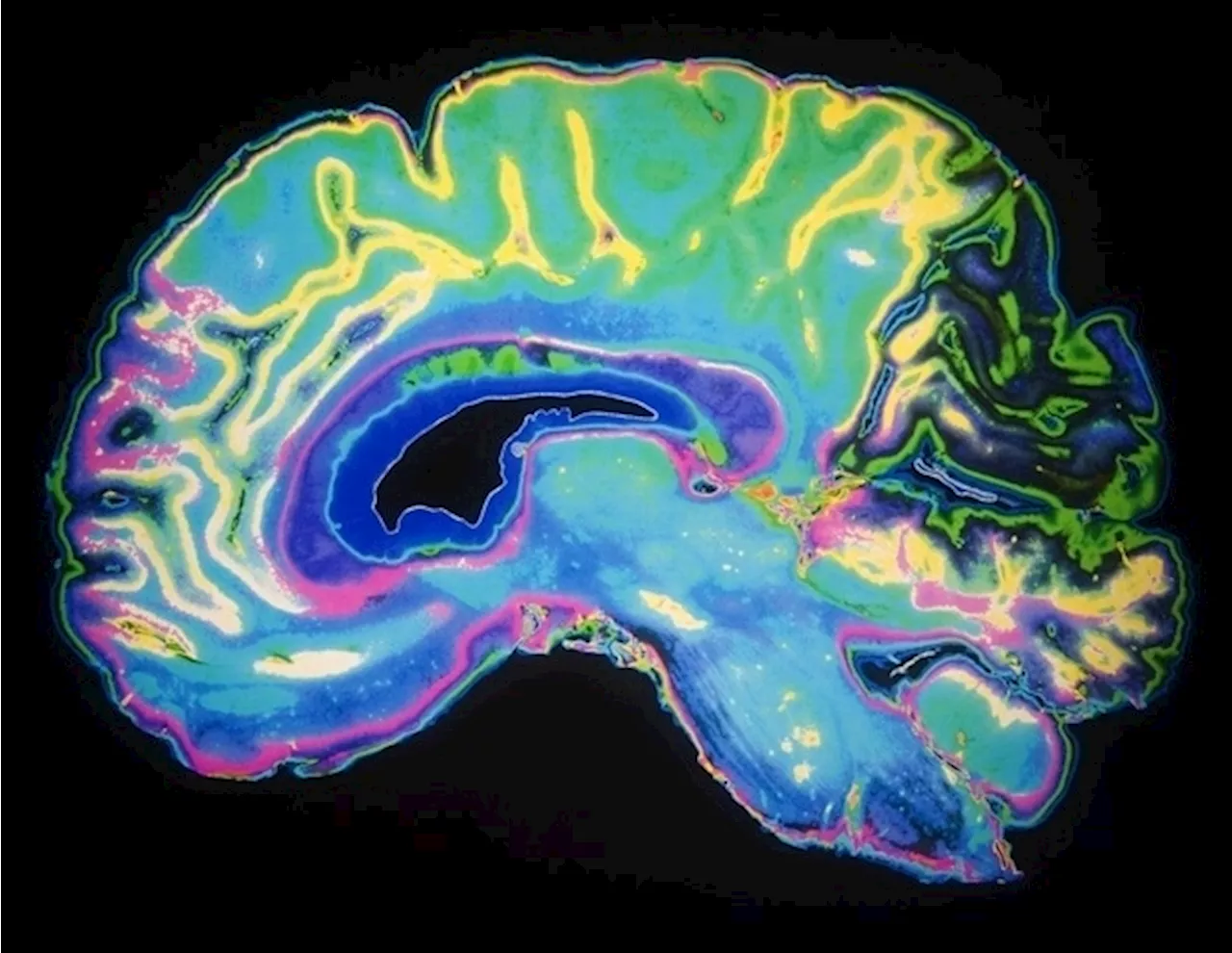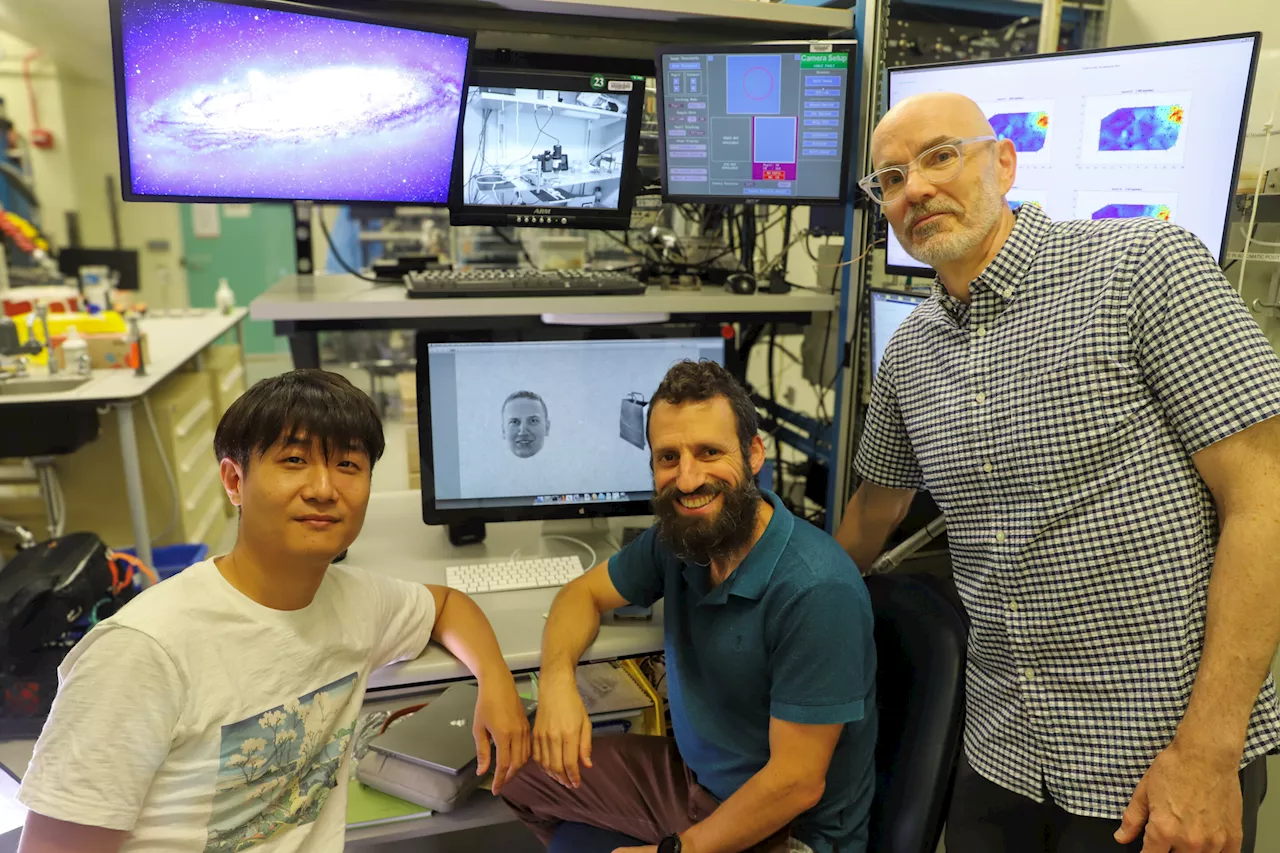Researchers created a detailed transcriptomic atlas of six brain regions, revealing cell-type-specific and region-specific vulnerabilities in Alzheimer's disease and highlighting astrocyte genes linked to cognitive resilience.
By Tarun Sai LomteReviewed by Susha Cheriyedath, M.Sc.Jul 25 2024 In a recent study published in the journal Nature, researchers presented a transcriptomic atlas of multiple brain regions in individuals with and without Alzheimer’s disease .
Study: Single-cell multiregion dissection of Alzheimer’s disease. Image Credit: Marko Aliaksandr / Shutterstock a, snRNA-seq profiling summary, covering 283 samples across 6 brain regions from 48 participants from ROSMAP, showing global pathology, Braak stage and pathological or clinical diagnosis of AD and 32 no dementia). b,c, Joint uniform manifold approximation and projection , colored by major cell type and region of origin . d, The regional composition of major cell types. e, Relative enrichment of major cell types across regions by quasi-binomial regression.
Thalamic astrocytes were enriched for focal adhesion-related genes, while cortical astrocytes were enriched for those involved in glutamate processing and transport. Next, the team explored how AD impacts cellular composition. There were slight decreases in excitatory and inhibitory neurons and increased oligodendrocytes and vascular cells, driven by differences in PFC, EC, and HC regions, particularly in late AD.
Further, the researchers computed differentially expressed genes for each excitatory subtype. Non-vulnerable subtype-linked DEGs were enriched for diverse functions, including heat-shock family chaperones, ubiquitin-ligase binding, and neuronal death mediators. By contrast, vulnerable subtype-linked DEGs were only enriched for mitochondrial oxidative phosphorylation.
Brain Cell Astrocyte Cortex Dementia Gene Gene Expression Genes Hippocampus Intracellular Microglia Neocortex Neuron Neurons Pathology Proteoglycan Ribonucleic Acid RNA Signaling Pathway Thalamus Vascular
United Kingdom Latest News, United Kingdom Headlines
Similar News:You can also read news stories similar to this one that we have collected from other news sources.
 Researchers identify vascular changes in the brain linked to Alzheimer's diseaseThe blood-brain barrier—a network of blood vessels and tissues that nurtures and protects the brain from harmful substances circulating in the blood—is disrupted in Alzheimer's disease.
Researchers identify vascular changes in the brain linked to Alzheimer's diseaseThe blood-brain barrier—a network of blood vessels and tissues that nurtures and protects the brain from harmful substances circulating in the blood—is disrupted in Alzheimer's disease.
Read more »
 Researchers uncover molecular signatures of blood-brain barrier dysfunction in Alzheimer's diseaseThe blood-brain barrier -; a network of blood vessels and tissues that nurtures and protects the brain from harmful substances circulating in the blood -; is disrupted in Alzheimer's disease.
Researchers uncover molecular signatures of blood-brain barrier dysfunction in Alzheimer's diseaseThe blood-brain barrier -; a network of blood vessels and tissues that nurtures and protects the brain from harmful substances circulating in the blood -; is disrupted in Alzheimer's disease.
Read more »
 Experts identify sex and gender differences in cognitive resistance and resilience to Alzheimer's diseaseResearchers investigated sex-related and gender-specific resistance and resilience factors in Alzheimer's disease.
Experts identify sex and gender differences in cognitive resistance and resilience to Alzheimer's diseaseResearchers investigated sex-related and gender-specific resistance and resilience factors in Alzheimer's disease.
Read more »
 From tiny flies, researchers have found new clues to how the brain sets up its circuitryIn her time at Duke, Khanh Vien figures she's dissected close to 10,000 fly brains. For her Ph.D. she spent up to eight hours each day peering at baby flies under the microscope, teasing out tiny brains a fraction the size of a poppy seed.
From tiny flies, researchers have found new clues to how the brain sets up its circuitryIn her time at Duke, Khanh Vien figures she's dissected close to 10,000 fly brains. For her Ph.D. she spent up to eight hours each day peering at baby flies under the microscope, teasing out tiny brains a fraction the size of a poppy seed.
Read more »
 Researchers discover a new face-detecting brain circuitScientists at the National Institutes of Health (NIH) have uncovered a brain circuit in primates that rapidly detects faces.
Researchers discover a new face-detecting brain circuitScientists at the National Institutes of Health (NIH) have uncovered a brain circuit in primates that rapidly detects faces.
Read more »
 New study sheds light on potassium channels to help researchers design better drugsPotassium channels are openings that allow charged potassium atoms to cross the cell membrane. Voltage-gated potassium channels—which open only when a specific voltage is reached across the cell membrane—are essential for the electrical impulses that nerve cells or neurons use to communicate.
New study sheds light on potassium channels to help researchers design better drugsPotassium channels are openings that allow charged potassium atoms to cross the cell membrane. Voltage-gated potassium channels—which open only when a specific voltage is reached across the cell membrane—are essential for the electrical impulses that nerve cells or neurons use to communicate.
Read more »
